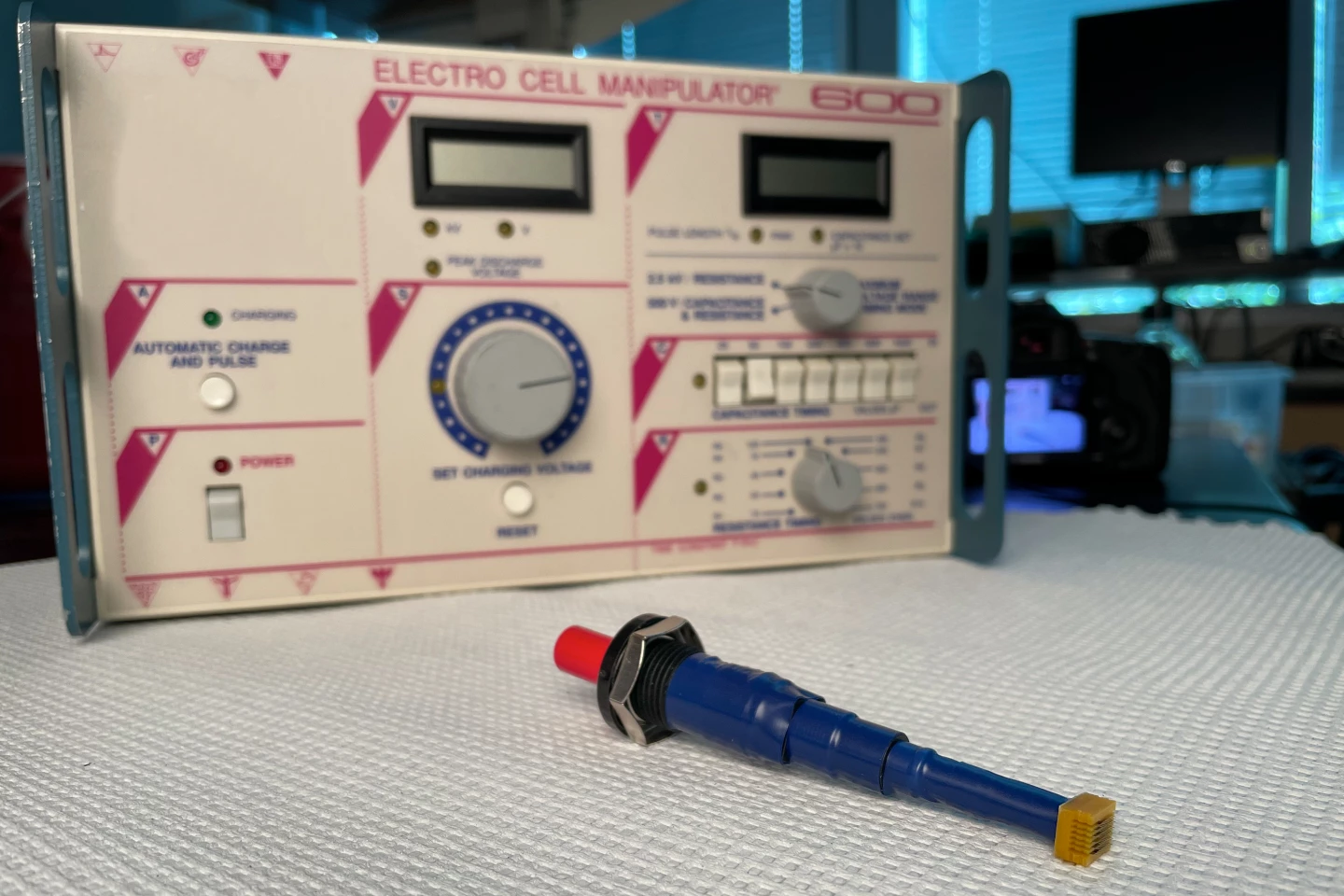Although a technology known as electroporation is very effective at delivering DNA-based vaccines, the required equipment tends to be bulky, complex and expensive. Now, however, scientists have shown that a converted barbecue lighter is capable of doing the job.
In a nutshell, electroporation involves delivering an electrical current to the vaccine injection site on a patient's body, causing the cell walls in that area to temporarily destabilize and become more permeable. This allows a greater number of DNA molecules to pass into the cells than would be possible via hypodermic injection alone, producing much more of an immune response.
Unfortunately, though, the procedure is typically performed using machines that are relatively hefty and costly, limiting how widely it can be performed. Seeking a cheaper and more portable alternative, researchers from the Georgia Institute of Technology and Georgia's Emory University looked to the humble barbecue lighter.
The lighter-fluid-igniting spark in such devices is generated by a piece of piezoelectric material, which produces a high-voltage electrical current when struck by a push-button-activated hammer mechanism. This means that the lighters don't even require batteries, much less an electrical outlet.
The new low-cost device, known as the ePatch, consists of the body of a barbecue lighter (minus the fluid) with an array of solid steel microneedles on its end. After a vaccine has been administered via a hypodermic needle, that array is placed against the patient's skin at the injection site, with the microneedles penetrating just one one-hundredth of an inch into the skin.

When the button on the device is subsequently pushed, the generated electrical current travels through the needles and into the nearby cells, producing the same effect as traditionally administered electroporation. That said, the ePatch is claimed to be considerably less painful for the patient.
"The close spacing of the microneedles allows us to use microsecond [electrical] pulses rather than the millisecond pulses applied in conventional electroporation," says Georgia Tech's Prof. Mark Prausnitz, who is leading the research along with Asst. Prof. Saad Bhamla. "This shorter pulse, plus the shallow location of the microneedle electrodes, minimizes nerve and muscle stimulation, which can avoid pain and twitching, both common side effects of conventional electroporation."
When used to deliver an experimental DNA-based COVID-19 vaccine to mice, the ePatch was reportedly found to produce an almost tenfold immune response over hypodermic injection alone. It is believed that the technology should also work with mRNA-based vaccines.
The ePatch is now being developed further, with Prausnitz estimating it will be at least five years before it's available for clinical use. He tells us that the team is currently working on a next-generation version of the device, that will deliver both the vaccine itself and the electrical current.
A paper on the research was recently published in the journal Proceedings of the National Academy of Sciences.
Source: Georgia Tech






